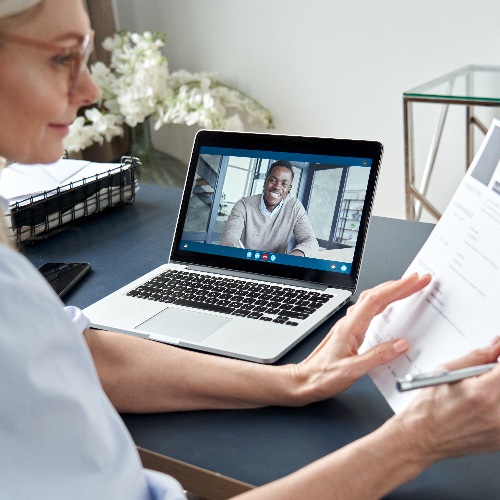
Everything You Need to Know About Screening Interviews
The Lowdown
Generally, the job-searching process involves three main phases: applying, testing and interviewing. Once you’ve submitted your application, you may be tasked with undergoing a pre-employment test; if successful, then you will be asked to sit for an interview, usually with the employer.
However, most companies and organisations choose to conduct a screening (or pre-screening) interview after reviewing your application.
Why is this done? It allows the interviewer – usually a recruiter, hiring manager or human resources representative, rather than the employer – to assess the skills, experience, qualifications and personalities of the candidates. This process is akin to a formal interview, although it is usually shorter and less structured.
Ultimately, the important thing is making sure that the candidate meets the minimum qualifications of the advertised job position. If the interviewer finds the screening results satisfactory, candidates may move on to the subsequent phases of the hiring process.
How It Works
The screening interview lasts 15-30 minutes, and is typically conducted over the phone or via video conferencing platforms such as Zoom and Microsoft Teams. It can also take place in-person, depending on the company’s recruitment process.
During this screening, the interviewer will do the following: provide an overview of the company and the position being offered; ask you questions to determine if you meet the basic qualifications for the role and if the position aligns with your expectations; and answer any questions you may have.
Again, while this interview is less formal than a final interview, it’s still crucial for candidates to prepare adequately as much as they can.
How To Prepare
If you are asked to sit for a screening interview, take the time to research the company and the job description. After all, you want to make sure that the company aligns with your career goals and values, and you also want to show that you are genuinely interested in the position when answering the interviewer’s questions.
Practise answering basic interview questions in front of a mirror or with a friend. That way, you feel less nervous and more confident during the actual interview. Also, don’t forget to jot down some questions of your own – these indicate a sense of thoughtfulness and enthusiasm that the interviewer will appreciate.
At least one day before the screening, take time to test your tech: make sure your laptop or cellphone is fully charged, your mic and camera are functioning, your video conferencing platform is up to date and that your Internet connection is stable.
Lastly, although the atmosphere is going to be more relaxed and casual, you still need to maintain a respectful, professional attitude throughout. This needs to show in how you formulate your responses and questions, in your body language and how you dress (comfortably yet smartly!).
The Aftermath
After the screening interview is completed, the interviewer will take time to evaluate your responses and impressions, which will be used to inform the next steps in the hiring process.
If satisfied, they may decide to pass your application along to the next phase, which means a more in-depth interview (usually with the employer or a manager). In some cases, they will inform you that you will not be moving forward.
Typically, you can expect feedback within a few days to two weeks. If you haven’t heard back from them, reach out to the interviewer and politely ask for an update on your application status. This demonstrates that you are still interested and engaged in the hiring process.
Screening For Success
The screening interview is a vital step in the job-search process, serving as a gateway to your potential future with a company. Although it sounds a little daunting, it is essential that you prepare thoroughly, showcase your skills and enthusiasm, and maintain professionalism. By doing so, you increase your chances of advancing to the next phase of the recruitment journey.
Remember, this initial interaction serves a dual purpose: for employers to see if you are a good fit for the role, and for you to assess if their company aligns with your values and career aspirations. Good luck!
